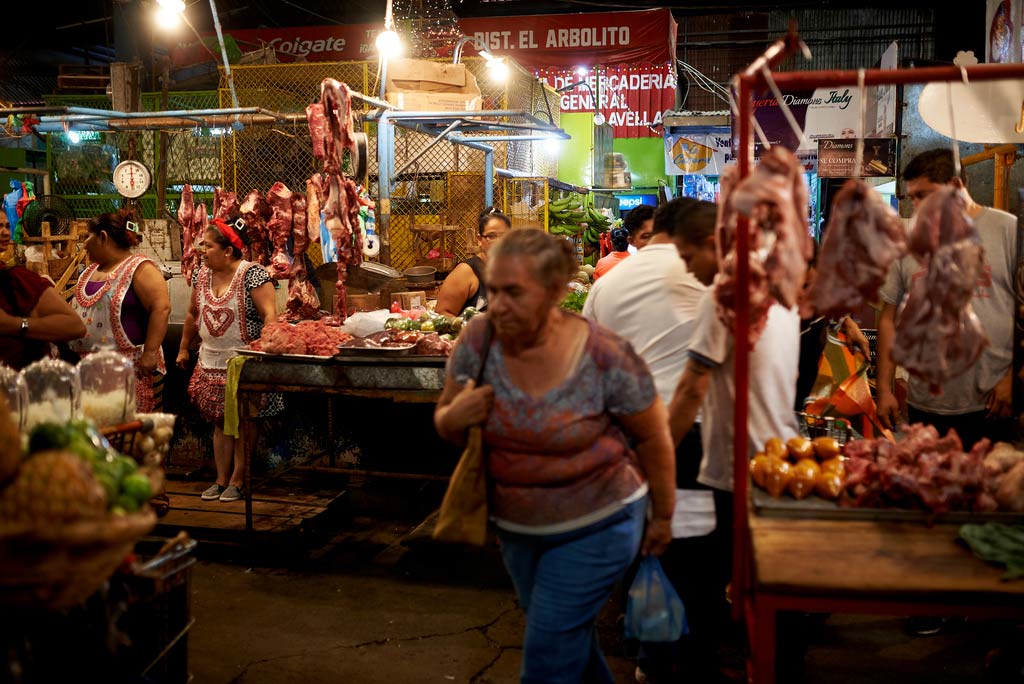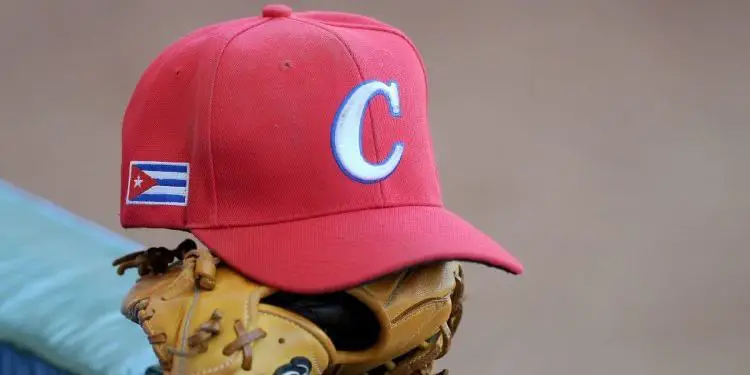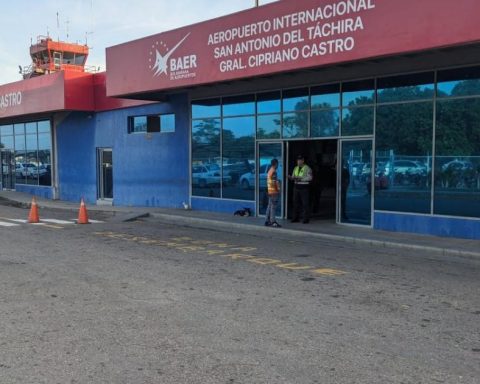Protection of the vaquita porpoise will be reinforced with the arrival of the ship seahorse: Semar
s Only eight adults and two calves remain of the world’s smallest cetacean. Photo Marco PelaezPhoto Marco Pelaez
Jared Laurels
Sent
Newspaper La Jornada
Wednesday, January 25, 2023, p. 17
San Felipe, BC., The surveillance and protection operations of the vaquita will be reinforced with the incorporation of the ship seahorse, from the Sea Shepherd organization, in the Upper Gulf of California. The purpose is to save the last 10 specimens of the world’s smallest cetacean from extinction, while Mexico faces the risk of being subject to trade sanctions if it does not present an effective action plan no later than February 28.
In addition to this last strategy, the Secretary of the Navy (Semar) completed last October planting 193 concrete blocks with steel hooks on the seabed to discourage the setting of gillnets. Four months later, only three of them have been extracted, according to naval authorities.
At least two decades of failed strategies
In conjunction with Semar, the environmental organization launched the ninth Operation Miracle campaign and intensified actions to preserve the life of this marine mammal in its only habitat, and whose population has fallen drastically, despite the fact that in at least At least two decades different strategies have been established.
While in 1997 567 vaquitas were reported, recent scientific studies by the organization and the Whale Museum allowed the identification of eight adult specimens and two calves.
In the Sea of Cortez, a region considered to have high biodiversity, this small porpoise is still in danger of extinction. Its main threat is the gillnets that poachers set to capture the totoaba fish, a coveted species because its swim bladder or crop is sold for 46,000 dollars per kilogram in the United States. black market; hence it is considered the sea cocaine
.
Even though the fishing season for this species is between January and May, since that date no nets or illegal fishermen have been detected in the vaquita refuge, said Octavio Carranza, director of operations for Sea Shepherd.the day sailed with naval troops and members of the organization to move and board the seahorse (Seahorse), a vessel that arrived on January 16 in San Felipe, a fishing community located south of Mexicali.
The ship, of more than 45 meters, was an oil tanker and had a cost of 2 million dollars, indicated Sea Shepherd. Since August 2022, it restored it to join Operation Miracle, a collaboration strategy between six instances of the Mexican government , which has made it possible to eliminate more than a thousand illegal fishing nets in the Zero Tolerance Zone, a 225-square-kilometer polygon in the Upper Gulf of California.
Pritam Singh, CEO of Sea Shepherd, said that the number of gillnets has been reduced by 70 percent, compared to 2022, as well as the total number of hours of illegal fishing activity.
The seahorse it is an offshore supply ship. Her ample fuel capacity allows her to have autonomy and stay parked for months at sea. The ship will serve as a platform available 24 hours a day, all year round, which is possible because it is unaffected by most weather conditions, Carranza explained.
Among the improvements made to the ship are the modernization of the electrical system, the sanitation of the water filtration system, the reinforcement of the navigation system and a new one for satellites. The information collected is shared with the Navy to act together.
In December, the seahorse He arrived in Mazatlán to be prepared for Operation Miracle. Finally, in January, he arrived in San Felipe, Baja California, to be the permanent sentinel
in the refuge of the vaquita porpoise.
Since 2015, the Sea Shepherd fleet, including vessels Farley Mowat Y White Hollyhas worked on the survival of the vaquita.

